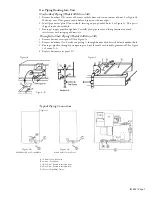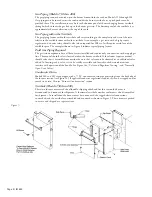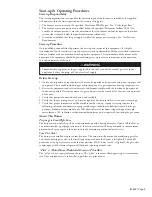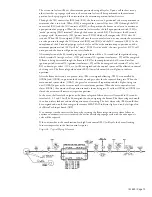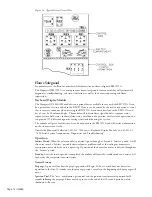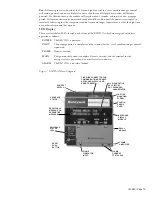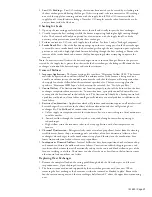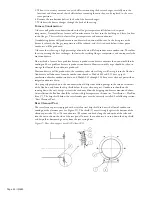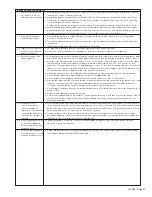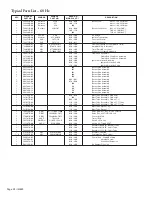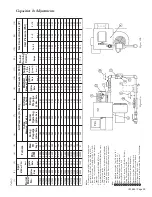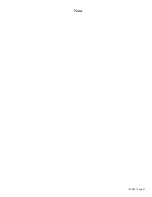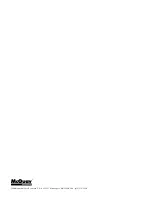
IM 685 / Page 21
Combustion Testing
Proper start-up and maintenance requires periodic combustion tests and the systematic recording of
those test results for future reference. Before making combustion air adjustments, check for proper
input rate.
Verify Input Rate
To determine the input rate it is necessary to know the BTU per cubic foot of gas being used. If this is
not known, contact the gas supplier. Check input rate by timing the gas meter dial with all other
appliances and their pilot lights off.
To verify the input rate using the gas meter, use a stopwatch and time one revolution of the dial.
Calculate the input with the following formula:
MBH Input=
A x B x 3.6
C
Where: A = BTU/cu. ft. of gas
Typical: Natural gas=1000, LP gas=2500
B = Cu. ft. per revolution of meter dial
C = Seconds required for 1 revolution of meter dial
Check CO
2
, CO & Stack Temperature
Flue gas samples are to be taken from inside one of the secondary tubes. If the sample is taken from the
flue box rather than the tube, the sample will be diluted with outside air and lower readings will result.
If flue gas temperature is to be measured, this must be done in the flue box, not in the tube. The
temperature gradient within the tubes would cause high readings near the center of the tube and low
readings near the edge. Temperatures should be measured within the flue box where a good mix will be
present. The flue box includes two
5
⁄
16
" holes for test purposes. One hole lines up with the end of a
secondary tube for taking flue gas samples. The other hole, through the side of the flue box, is for
thermometer insertion.
If the CO
2
and/or CO readings are not within the range indicated, see “Troubleshooting Guide,”
Section 4.1 and 4.2.
Figure 12a.
Figure 12b.
Typical Readings:
CO
2
9
1
⁄
2
to 10
1
⁄
2
percent at maximum rate
4 to 7 percent at minimum rate
CO
.005 percent (50 PPM) or less
Cleaning Heat Exchangers
Models 032 thru 200 (see Figure 13)
1. Remove the flue box front wrap
➀
and the rear inspection cover
➂
.
2. Remove and clean the turbulator
➁
from each tube and clean the flue box.
3. Clean each tube with a 2
1
⁄
2
" round flue brush.
4. Remove the brushings and if required clean the combustion chamber and header through the rear
inspection door port.

